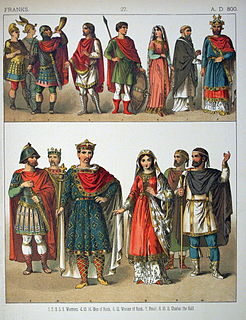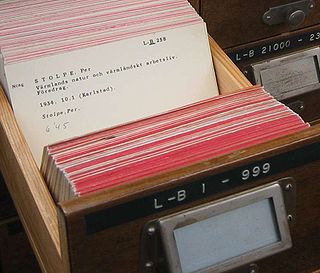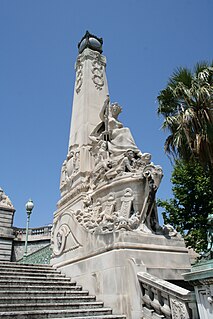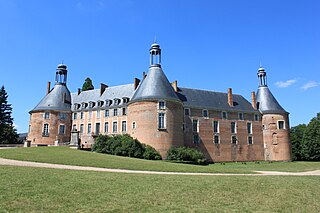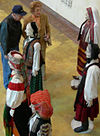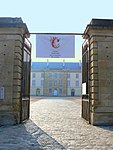 | |
| Established | 2006 |
|---|---|
| Location | Quartier Villars, Route de Montilly, Moulins, France |
| Coordinates | 46°33′40.83″N3°19′7.13″E / 46.5613417°N 3.3186472°E Coordinates: 46°33′40.83″N3°19′7.13″E / 46.5613417°N 3.3186472°E |
| Collections | Costumes, scenery, paintings |
| Website | www |
| Part of a series on |
| Costume |
|---|
 |
Society and culture |
Elements and methods |
Children |
Fictional |
Organizations |
People |
Museums
|
Centre National du Costume de Scene (CNCS) (English: The National Center of Costume and Scenography (CNCS)), is a French museum dedicated to stage costumes and sets.

English is a West Germanic language that was first spoken in early medieval England and eventually became a global lingua franca. It is named after the Angles, one of the Germanic tribes that migrated to the area of Great Britain that later took their name, as England. Both names derive from Anglia, a peninsula in the Baltic Sea. The language is closely related to Frisian and Low Saxon, and its vocabulary has been significantly influenced by other Germanic languages, particularly Norse, and to a greater extent by Latin and French.
Contents
- History
- Overview
- Collections
- Nureyev collection
- Stage costumes
- Past exhibitions
- See also
- Notes
- References
- External links
It was inaugurated on 1 July 2006 in Moulins, Allier by Renaud Donnedieu de Vabres the Minister of Culture, Pierre-André Périssol the mayor of Moulins and Christian Lacroix, dressmaker and board chairman. [1] The current director is Delphine Pinasa, whose portrait is exhibited at the museum. [2]

Moulins is a commune in central France, capital of the Allier department. It is located on the Allier River.
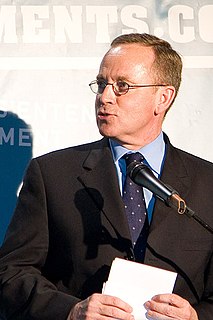
Renaud Donnedieu de Vabres, often known as RDDV, is a French politician, France's Minister of Culture from 2004 to 2007. He is a member of the UMP center-right party, and the grandson of Henri Donnedieu de Vabres.
Pierre-André Périssol, born April 30, 1947 in Nice, Alpes-Maritimes, is a French politician, former Minister of Housing, and former Deputy in the National Assembly of France. Périssol is currently serving his third term as the mayor of Moulins, Allier.





